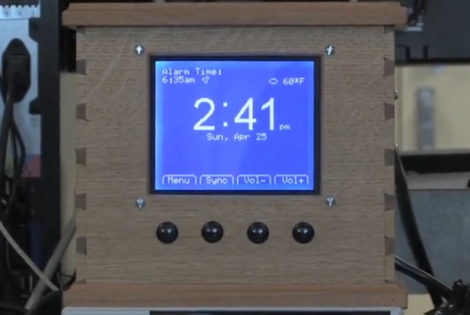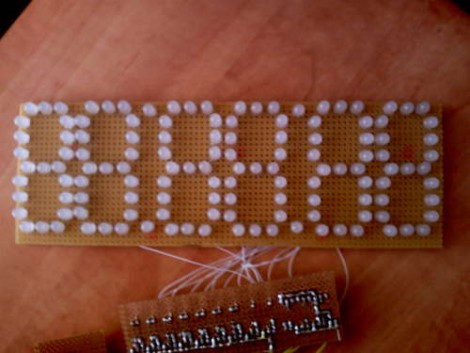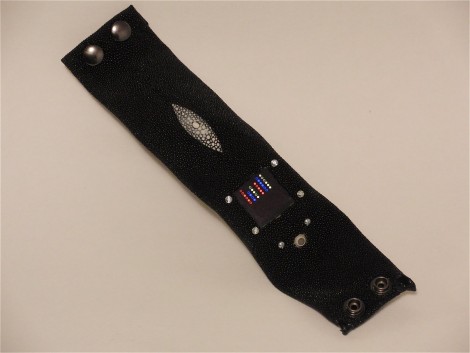
DPAC, the Dynamically Programmable Alarm Clock, goes far beyond what you would expect an alarm clock to do, yet we find all of its features useful. You can see there are four buttons at the bottom that control the menu scrolling. The second from the left currently reads “Sync”, a feature that the clock uses every 10 minutes but can be forced manually. This will check your Google Calendar, schedule an alarm for the next event while factoring in driving distance, traffic, and weather conditions. It’s got an audio system for radio and iPod operation, but also includes some home automation options. Using the X10 communication protocol it can turn on lights, start the coffee maker, and open the blinds as part of a gentle wake-up cycle. All of this is configurable through the clock itself, or via the web interface. The prototyping was done on an Arduino but the final version uses an AVR ATmega324 along with a Roving Networks RN-134 WiFi module (datasheet) for connectivity. Check out the demonstration video that [Eric Gaertner] and his fellow developers filmed after the break.
Continue reading “DPAC Put Your Alarm Clock To Shame” →
















